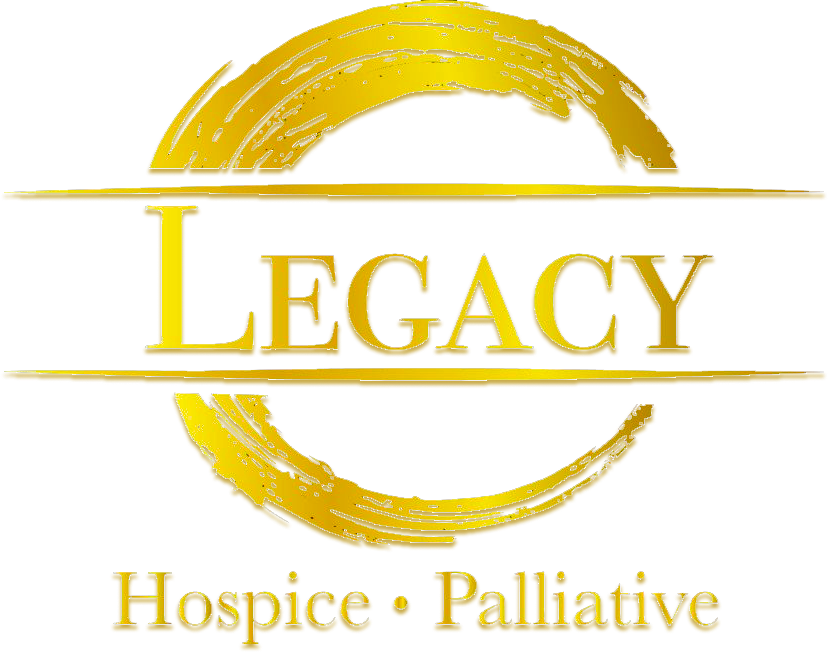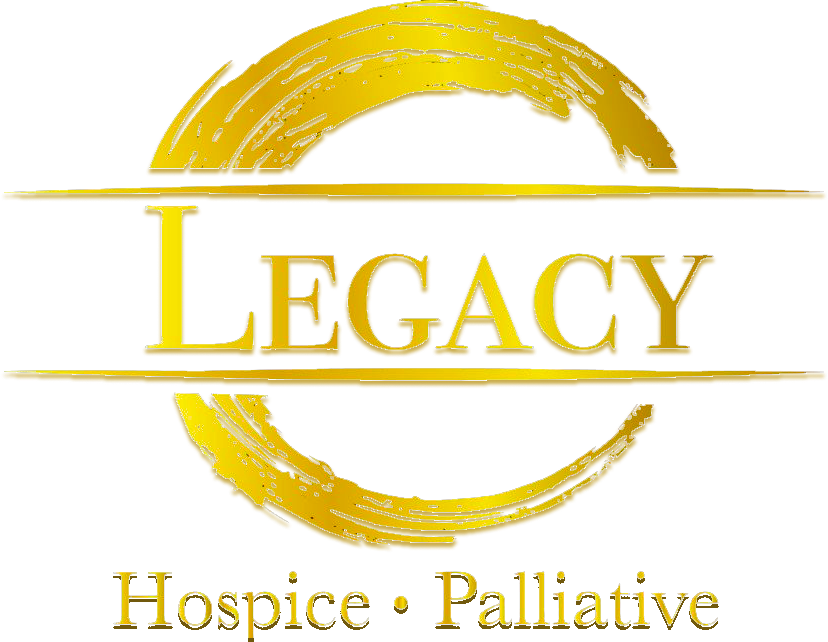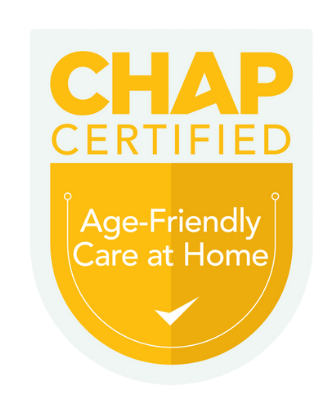End-of-life care is never an easy subject to discuss, yet for most Americans, it’s a decision they sometimes need to make for their loved ones or themselves. The problem is tons of misconceptions and myths surround this topic, which lead many to dismiss it as an option. However, the reality is that hospice care can help you make educated decisions if and when the time comes for you or your loved one.
Understanding Hospice Care
Hospice care is an end-of-life option for patients with terminal illnesses who decide to forego additional treatments for their condition, specifically those who are expected to live less than six months. Thus, it specializes in providing comfort rather than cure.
A team of professionals and specialists provide care and assistance for pain relief and comfort to allow the patients to live the highest quality of life during their last days. It often includes medical care, pain management, counselling, spiritual support and other forms of assistance. Many call hospice care the “philosophy of care”, as it also provides emotional support for the patients’ families.
Beyond its emotional complexities, understanding its financial implications is also crucial. While hospice care is invaluable, it comes with costs. Research showed that in 2021 alone, Americans spent $430 billion on hospice and end-of-life care. Nearly 50% of all Medicare patients opt for hospice benefits for a day or two, while some get six months (or longer) of care.
The Cost of Hospice Care
Medicare usually covers most hospice care for terminally ill patients with less than six months to live. However, this doesn’t include the room and board for those who choose to live at home or in an assisted living facility.
Patients who meet specific criteria have their hospice care covered 100%, including doctor’s certification for their terminal condition, with a prognosis of six months or less.
In some cases where the prescription drugs aren’t covered in Medicare Part D, patients may also need to co-pay up to $5 for the prescription and the inpatient respite care costs.
For people who don’t have Medicare coverage, there are other options to explore, such as Medicaid or private insurance. Eligible patients can have their hospice care needs covered 100% by Medicaid, while many insurance policies include hospice care benefits in their policy. Working closely with a financial professional to determine the other options is best.
Typical costs associated with hospice care include:
Basic Daily Rate – This is the general hospice service, regardless of where the patient wants to receive the care, whether in a hospice facility, at home, or elsewhere.
Inpatient Respite Rate – This is when the patient temporarily stays in an inpatient facility to allow the primary caregiver to take a break.
Continuous Home Care Rate – This is for times of crisis, such as when symptoms of the patient’s condition become severe. The rate for this service is generally higher than the basic rate.

Factors That Affect Costs
Level of care required – Complex conditions require complex care; round-the-clock care usually costs more.
Duration of care – Long-term hospice care (care that lasts for a few months) will naturally be more expensive than shorter durations.
Location – Receiving hospice care at home may differ in cost compared to facility-based hospice services.
Additional Expenses
Personal care – Things like bathing, dressing, wound cleaning, toileting, etc., require hiring a personal care aide, especially for intensive care patients.
Medications – In most cases, hospice care covers the medications needed for pain relief for people with terminal conditions. Some medications for other conditions may not be covered.
Room and boarding – If not covered by insurance, hospice facilities may require additional costs for room and boarding.
Different Types Of Hospice Care And Their Costs
As you may have observed, hospice care is never a one-size-fits-all service; instead, it’s often tailored to the specific needs and preferences of the individual. This, of course, can affect the cost.
In-home hospice care – Most patients with terminal conditions opt to spend their remaining time at home, surrounded by their families. The cost for this type of care is associated with the medical services provided by the visiting hospice professionals and the cost of equipment or modifications of the place to ensure the home is conducive, comfortable, and safe for the patient.
Inpatient hospice facility care – An inpatient hospice facility is the best option for people who may require intensive medical care or those without a primary caregiver at home. The cost for this type of service can be higher due to the inclusion needed by the patient in their room. Also included are the boarding needs, 24-hour medical care, and various services the facility offers.
Residential hospice houses – Hospice houses look and feel like homes rather than medical facilities. This provides a sense of comfort and home environment for the patient, along with the assurance of professional medical care. Costs for this service may vary, but they are typically between the costs for the first two mentioned above.
Non-Profit Hospice Care Can Help
Many non-profit organizations offer support hospice care, which can help manage costs. In Chino and nearby cities, many entities often assist by providing reduced rates, some even for free, especially for patients without extensive insurance coverage and experiencing financial hardships. You can search for these organizations from your medical provider or ask for direct assistance to contact them.
Beyond The Medical Care
The idea of hospice care is to provide the highest quality of life for patients with terminal illnesses and hopeless health conditions. It is to help make their remaining days as comfortable as possible. This goes beyond the patient’s medical needs. To ensure a comfortable environment, there must be comfortable furnishings with personal keepsakes to celebrate the patient’s life, memories, and legacy. Setting aside a budget for these things can be worthwhile.






